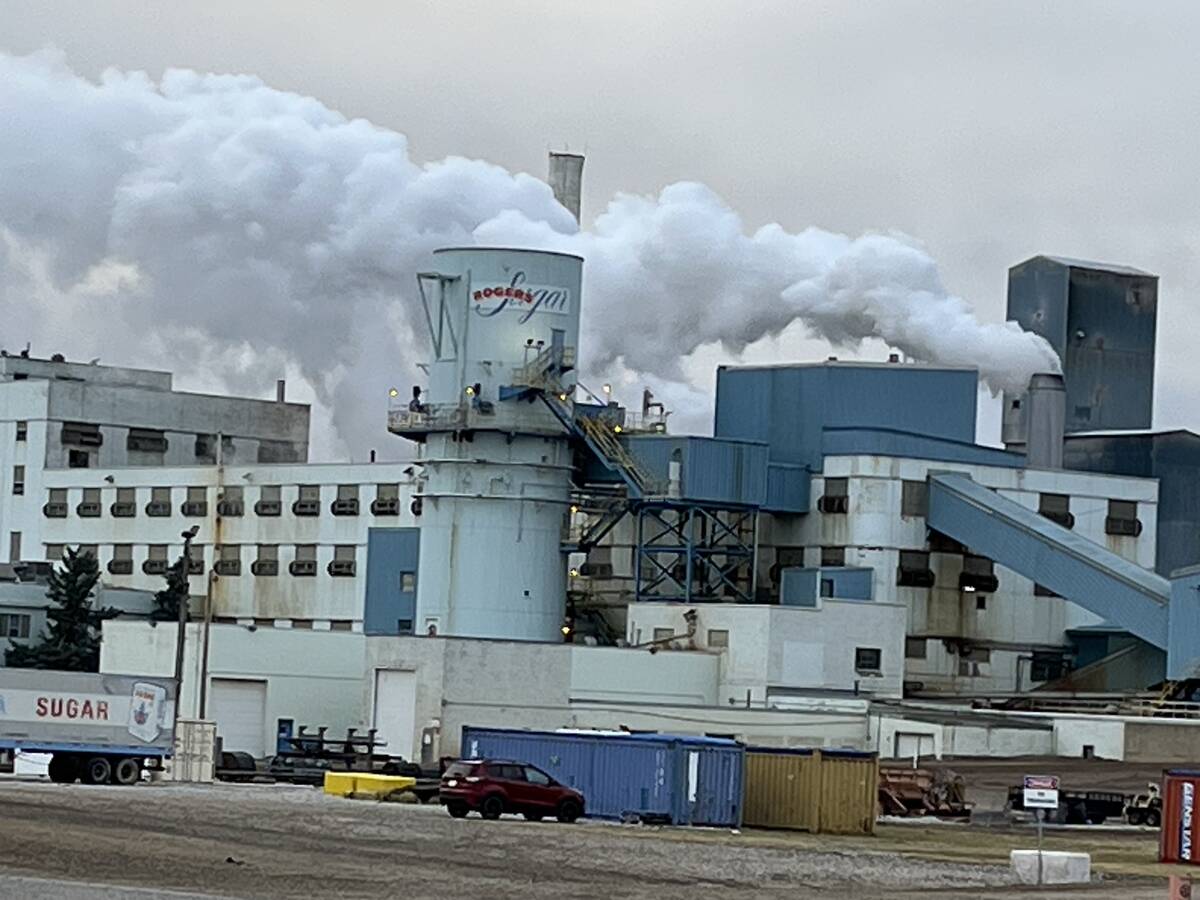Adding new bugs | BactZyme bonds phosphorus and nitrates to soil, resulting in a 30 percent yield increase in the field
GUELPH, Ont. — Farmers who apply slurry to supplement commercial fertilizers could produce 30 percent more crop with the help of a new biological agent.
BactZyme Manure Pit Treatment was initially developed in California to help dairy farmers comply with strict legislation regulating the leeching of nitrates and phosphorous, said Andrew Flokstra of Star-Gro Products in Chilliwack, B.C., which im-ports the product into Canada.
Flokstra was at Manure Expo in Guelph last month to show Canadian dairy and hog producers how Bact-Zyme ties up nitrates and phosphorus in the soil, thus preventing them from leaching into natural water tables and the atmosphere.
Read Also

Sugar beet harvest underway in southern Alberta
Alberta Sugar Beet Growers hosts field tour to educate the public on the intricacies of the crop, its harvest process, and contracts with Lantic Sugar
He said the California experience found that crops grown with Bact-Zyme in the slurry also showed a 30 percent yield benefit.
“The high levels of nitrates and phosphorus in liquid manure easily volatize into the environment when the slurry is applied to a field,” said Flokstra, adding that the elements escape into water tables as well as the atmosphere.
“BactZyme simply lets these components bond to soil particles so they’re available to crop roots later. The concept is a lot like a slow-release fertilizer.”
Flokstra said untreated slurry can burn crops because of the immediate availability of too much ammonia. Slurry treated with BactZyme releases manure-bound nutrients slowly so crop burn is averted.
Although the product was designed as a way to stop manure elements from contaminating the environment, Flokstra said there was a surprise side-effect.
“Crop yields increased by 30 percent when BactZyme was added to the slurry,” he said.
“Because the slurry now holds more of the phosphorus and nitrates in the soil, it’s available to the roots.”
Flokstra said slurry is typically a thick lumpy oatmeal-like pudding that does not flow easily when aerating the lagoon or pumping out for field application.
He said BactZyme turns dairy and hog slurry into more of a liquid, much like cream of wheat, which makes it easier to pump and easier to apply uniformly on the field with less plugging of the lines. As well, the operator spends less money on diesel because the slurry flows through the pumps easier.
Flokstra said the enzyme also makes it easier to irrigate with liquid slurry because of the improved flow characteristics.
As well, the slurry soaks into the soil quicker so there’s no manure caking on the surface.
The product should be applied to the lagoon each time it’s pumped out. A total pump-out is preferable, but it’s usually not possible for the first treatment.
Applying the product after a regular pump-out is acceptable.
The bottom layer of a concrete manure pit becomes more difficult to pump out as it ages. It gradually becomes harder and thicker, thus depriving the lagoon owner of the pit’s total capacity.
Flokstra said producers find they can pump right down to the bottom of the lagoon after repeated Bact-Zyme treatments.
“The shock treatment we give when a lagoon is near empty will overwhelm the remaining manure with our new enzymes,” he said.
“Then we add on a regular basis when we start pumping manure in again. We recommend once a week or once every two weeks.”
Regular application ensures active enzymes are working on every stratified layer, he said.
“Some people have added Bact-Zyme when the level is high, but then you don’t get bacteria working down at the lower levels.”
BactZyme is packaged as a water soluble powder, which can be dumped directly into the pit at the point where the slurry arrives.
Flokstra said the natural liquid movement in the lagoon uniformly moves the bacteria to all parts of the lagoon, even in 120 foot diameter lagoons.
He said naturally occurring bacteria are held in check by other organisms found in manure, which try to maintain a natural balance. The job of designer enzyme such as Bact-Zyme is to upset the balance so that the manure can break down and become more manageable.
The BactZyme enzyme has been deliberately selected and enhanced to function in a slurry pit environment.
Flokstra said it’s necessary to continue applying the commercial product because each succeeding generation of the special enzyme slowly reverts back to its normal wild state after 10 applications of BactZyme.
Each new generation of BactZyme becomes less able to handle the job for which it was designed as it returns to its ancestral roots.
Flokstra said BactZyme enzymes reproduce quickly, especially in warmer weather, when they are so active they create a bubbling effect that reduces surface caking.
The product also functions in Canadian winter weather but not as effectively.
He said BactZyme is a living organism and should never be frozen.
For more information, contact Flokstra at 800-798-9204 or visit www.star-gro-products.ca.
















